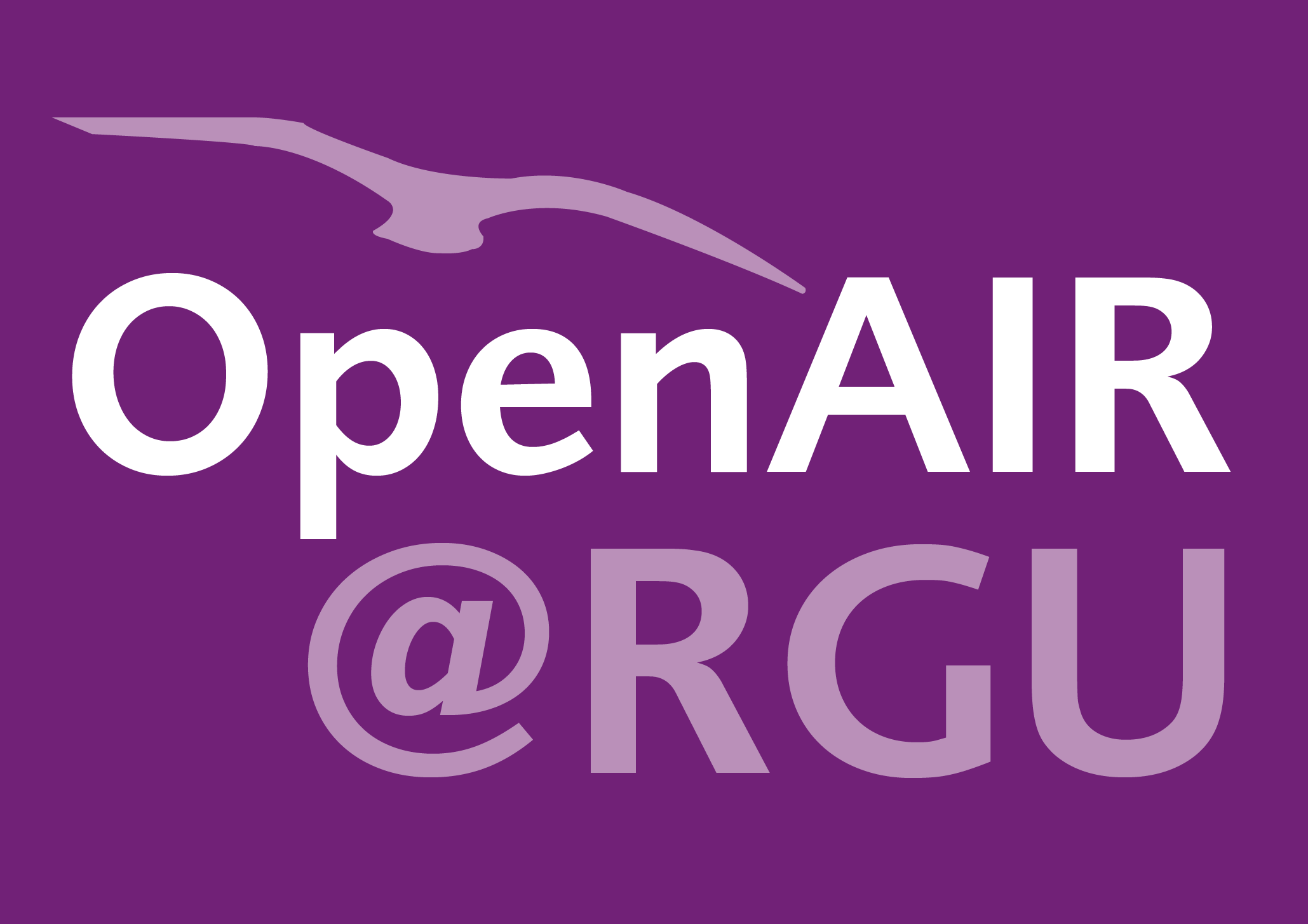Oghenethoja Monday Umuteme
Modelling hydrate deposition in gas-dominant subsea pipelines in operating and shutdown scenarios.
Umuteme, Oghenethoja Monday; Islam, Sheikh Zahidul; Hossain, Mamdud; Karnik, Aditya
Authors
Dr Sheikh Islam s.z.islam1@rgu.ac.uk
Lecturer
Professor Mamdud Hossain m.hossain@rgu.ac.uk
Professor
Dr Aditya Karnik a.karnik@rgu.ac.uk
Lecturer
Abstract
This study addresses a significant research gap related to hydrate formation in subsea gas pipelines, with a specific focus on deposition rates during shutdown scenarios, which has received limited attention in previous studies. Past research has employed various methodologies - including experimental, analytical and computational fluid dynamics (CFD) approaches - to predict hydrate formation conditions, but none have tackled the prediction of hydrate deposition during shutdowns. In this study, we employ a multiple linear regression modeling approach using the MATLAB regression learner app. Four distinct regression models were developed using data generated from 81 CFD simulations, utilising a 10 m length by 0.0204 m diameter 3D horizontal pipe model in Ansys Fluent, as previously developed. Through cross-validation against experimental data, the standard linear regression model emerged as the most reliable choice for predicting hydrate deposition rates, providing predictions within ±10% uncertainty bounds of experimental results, up to pressures of 8.8 MPa at hydrate-forming temperatures. The uniqueness of this new model lies in its ability to estimate the risk of hydrate deposition in subsea gas pipelines, especially with low gas flow rates and during shutdown periods, which are critical for maintenance planning. Furthermore, by estimating depositional volumes, the model predicts hydrate slurry volumes at receiving facilities, contributing to energy sustainability and benefiting gas transport pipeline operators, particularly in aging gas fields with declining production.
Citation
UMUTEME, O.M., ISLAM, S.Z., HOSSAIN, M. and KARNIK, A. 2023. Modelling hydrate deposition in gas-dominant subsea pipelines in operating and shutdown scenarios. Sustainability [online], 15(18), article number 13824. Available from: https://doi.org/10.3390/su151813824
| Journal Article Type | Article |
|---|---|
| Acceptance Date | Sep 9, 2023 |
| Online Publication Date | Sep 16, 2023 |
| Publication Date | Sep 30, 2023 |
| Deposit Date | Sep 21, 2023 |
| Publicly Available Date | Sep 21, 2023 |
| Journal | Sustainability |
| Electronic ISSN | 2071-1050 |
| Publisher | MDPI |
| Peer Reviewed | Peer Reviewed |
| Volume | 15 |
| Issue | 18 |
| Article Number | 13824 |
| DOI | https://doi.org/10.3390/su151813824 |
| Keywords | Hydrate deposition rate; Gas pipelines; Linear regression modelling; Computational fluid dynamics; Pipeline diameter; Subcooling temperature |
| Public URL | https://rgu-repository.worktribe.com/output/2078453 |
Files
UMUTEME 2023 Modelling hydrate deposition (VOR)
(1.2 Mb)
PDF
Publisher Licence URL
https://creativecommons.org/licenses/by/4.0/
You might also like
Numerical study of pipeline leak detection for gas-liquid stratified flow.
(2021)
Journal Article
Downloadable Citations
About OpenAIR@RGU
Administrator e-mail: publications@rgu.ac.uk
This application uses the following open-source libraries:
SheetJS Community Edition
Apache License Version 2.0 (http://www.apache.org/licenses/)
PDF.js
Apache License Version 2.0 (http://www.apache.org/licenses/)
Font Awesome
SIL OFL 1.1 (http://scripts.sil.org/OFL)
MIT License (http://opensource.org/licenses/mit-license.html)
CC BY 3.0 ( http://creativecommons.org/licenses/by/3.0/)
Powered by Worktribe © 2025
Advanced Search
